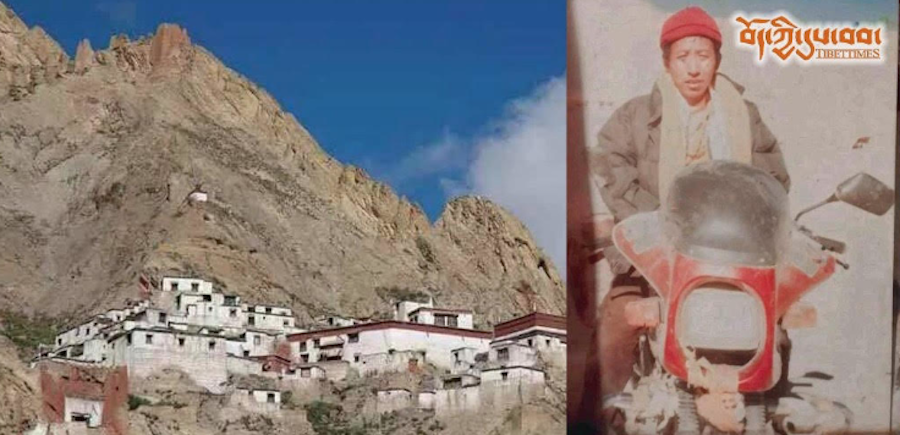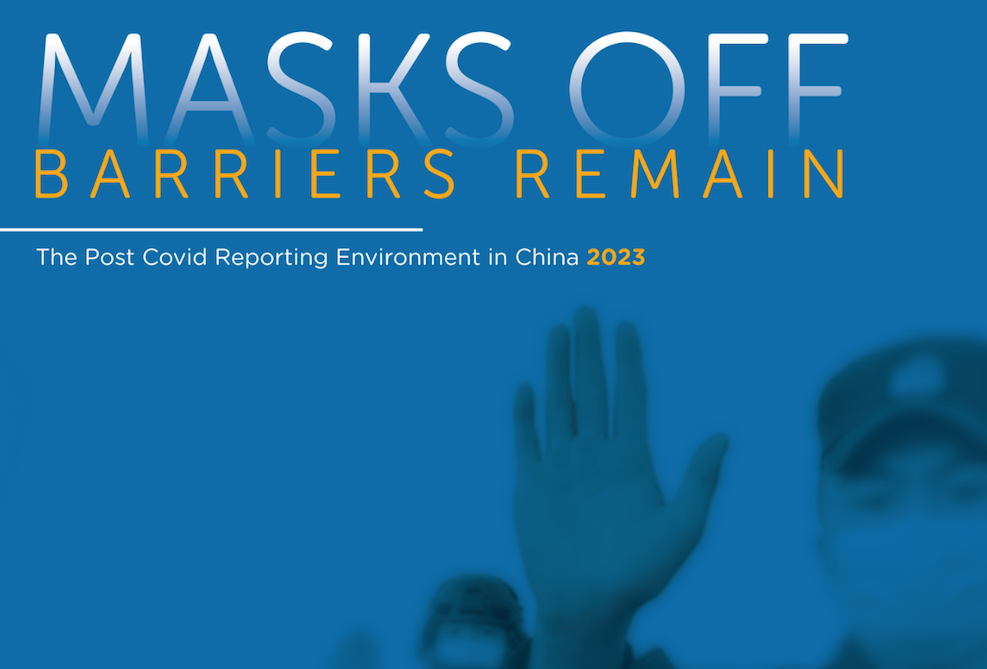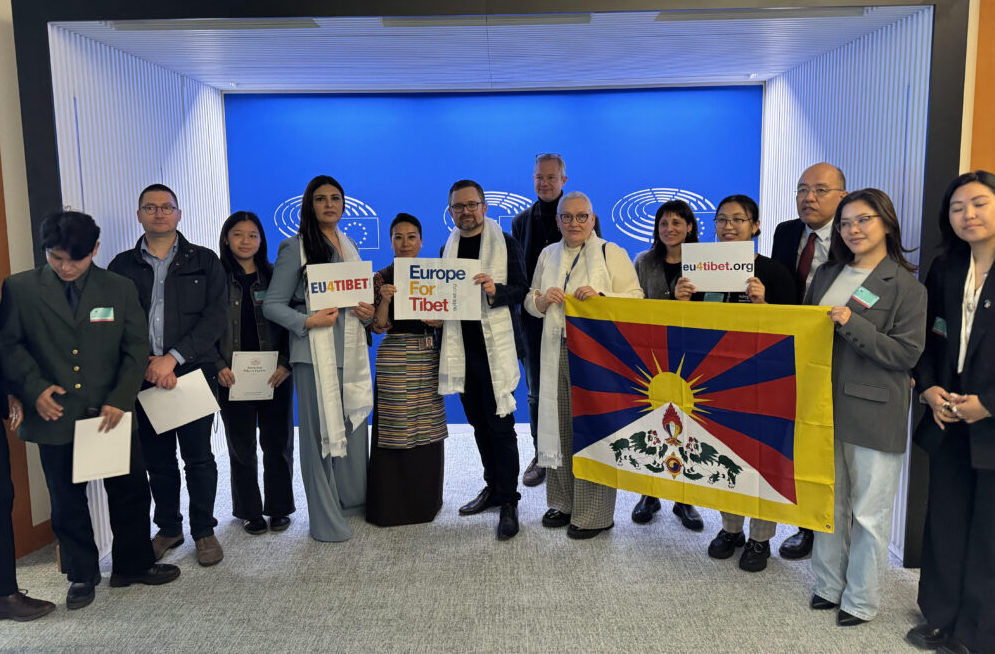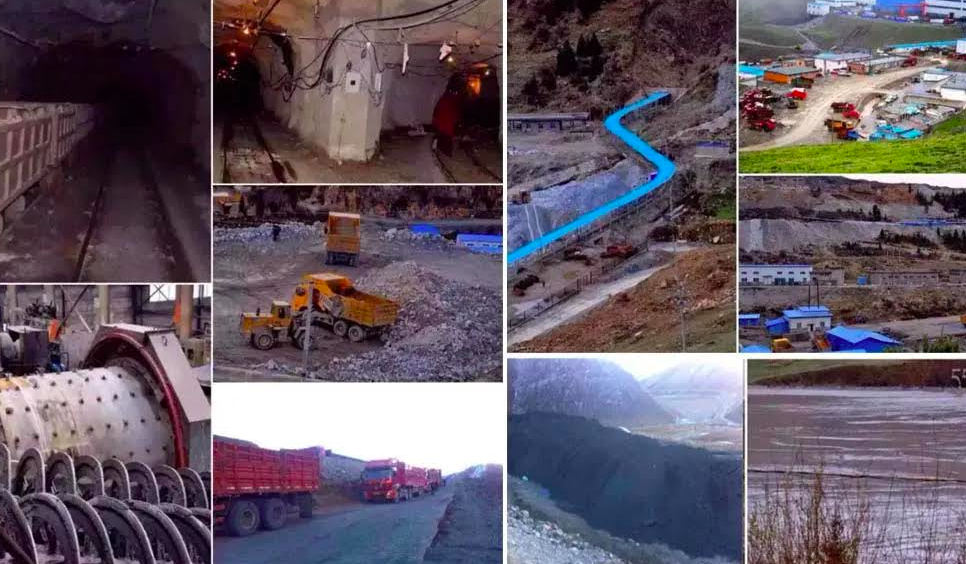By Bhuchung D. Sonam
(Note: The writer saw the film at a private screening. Semshook will have the World Premier and its first public screening at the Cinequest Film Festival, California, in February, 2010.)
Review of Semshook
Director: Siddharth Kumar
Script Writer: Sudip Sharma and Rahul Singh
Producer: Francisco Leria
In the summer of 1997 I reached Leh, the capital of Ladakh, after trekking for twenty-two days across the Indian Himalayas in the north. A few days later a friend took me to a room near the boys’ hostel of the Tibetan Children’s Village School in Choklamsar, a Tibetan refugee settlement near Leh. The bed was empty, a couple of books lay on a table and the curtains on a tiny window were half drawn. The walls were full of posters. Most of them were handwritten poems and slogans on thick paper. “Freedom is my birthright – Bal Gangadhar Tilak” read one.
“He is gone. Gone to Tibet, I think. No one knows for sure,” said my friend.
The “He,” who had slipped across the high security border is Tenzin Tsundue, then an English teacher at the school.
Semshook, a film inspired by Tsundue’s poetry and his ‘illegal’ journey to Tibet, is a refreshing piece of work. It is a blend of The Motorcycle Diaries — a moving biopic of Che Guevara’s journey across South America with his friend Alberto Granado, and Turtles Can Fly — a lyrical film about a bunch of children in a Kurdish refugee camp on the Iraqi-Turkish border.
Written by Sudip Sharma, directed by Siddharth Kumar and produced by Francisco Leria, Semshook begins in Dharamsala, Tibet’s exile capital, with 10th March anniversary of the 1959 People’s Uprising in Lhasa against the Chinese occupation.
I am tired doing that 10th March ritual,
screaming from the hills of Dharamsala.”
Frustrated with his seemingly static life in exile, Tenzin Dorjee (wonderfully played by Tenzin Yonten of the Tibetan Institute of Performing Arts) embarks on a soul-searching journey on his Enfield Bullet, riding through the enchanting Kullu Valley and up across the Himalayas. After being robbed, doped and rescued by an old man, he reaches his step-mother’s roadside tent, where she tells him that his estranged father has died.
All ties are snapped. There is nothing left for him in exile. And so, clutching an old photo of the Dalai Lama left by his father in a rusty trunk, Tenzin sets out to fulfil his final dream — to cross over to Tibet, the land that was robbed from his father, the country he’s never seen.
scratched the ground,
listened to the dry wind
and the wild old crane.”
Eventually, two Ladakhi men transport him across the Indian border in a sack loaded on a donkey. After surviving the howling winds, bitter cold, terrible hunger, loneliness and the stark intensity of the barren borderland, Tenzin reaches his homesoil.
if I was there or here.
I didn’t know
if I was here or there.”
The land looks the same on both sides, the same air blows across the selfsame sky and there were no walled borders. With his mind delirious from hunger and utter isolation, he hears the jingling bells of a flock of sheep. But they were neither the chimes of freedom nor welcoming bells. His home is regimented under the marching boots of a conquering army.
With this image in my mind I heard Bob Dylan sing:
A hand set the spark
Two eyes took the aim
Behind the man’s brain…”
Siddharth, Sudip and Francisco thoroughly understand that exile is a journey. It is also a sandstorm of struggle — from bribing a policeman on the highway to the existential uncertainly of each passing day.
Semshook is a fantastic representation of not only the life of a young exiled Tibetan, but also of all refugees across the globe forced into strange lands.
The interesting juxtaposition of poetry with the perils of exile life, plus Buddhist philosophy, will give this low-budget film a special niche.
For anyone who has no idea about what it means to be a refugee — with no legal status, existing for your entire life as a stateless person — Semshook instantly conveys the experience.
Watching it also reminded me of other films about the loss of freedom and indomitable human spirits such as Rabbit Proof Fence, The Year My Parents Went on a Vacation and Balseros (Rafters) — a documentary by Josep Maria Demenech and Carlos Bosch about the dream, the journey and the reality of the immigrant experience.
The talented trio deserve a rousing toast of seasoned chang (Tibetan barley beer), for shaping an exile life into enduring visual art. Bottoms Up thrice!









